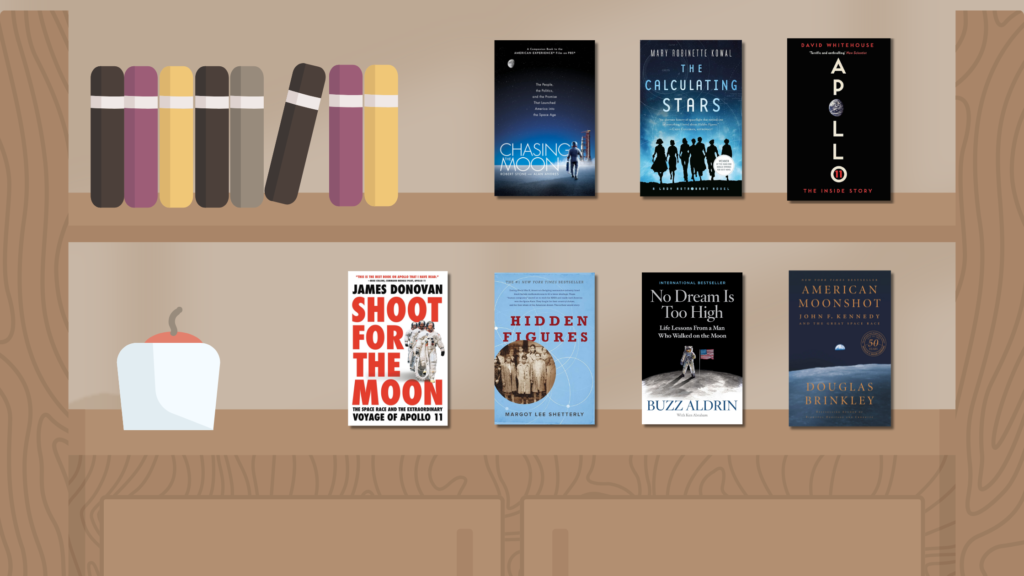
April 12 marks International Human Space Travel Day, set on the day where Yuri Gagarin, a Soviet Cosmonaut, became the first human in space. Gagarin’s historic spaceflight was a part of the Space Race, a competition between the Soviet Union and the United States for supremacy in space exploration and advancements, as a part of the larger Cold War rivalry during the mid-twentieth century. It was a time of intense scientific innovation, political rivalries, and human ambition, as human and scientific boundaries were expanded. Our book challenge theme for April, A Book about the Space Race, explores the many aspects of this competition, from the technological advancements and the visionaries who achieved them, to the spies, battling superpowers, and the dramatic political intrigue that captivated the world.
Visit our webpage to learn more about our Book Challenge, or if you’ve read one of these books or any other fitting our Book Challenge themes, put in your name for a chance to win a prize!
American Moonshot: John F. Kennedy and the Great Space Race – Douglas Brinkley
The historian author of Cronkite draws on new primary source material and first-hand interviews in a reassessment of the space program that examines the political, cultural and scientific factors that launched NASA and the space race.
An account of the previously unheralded but pivotal contributions of NASA’s African-American women mathematicians to America’s space program describes how they were segregated from their white counterparts by Jim Crow laws in spite of their groundbreaking successes.
Spaceflight: The Complete Story, from Sputnik to Curiosity
A comprehensive history of space exploration chronicles the development of space technology, including rockets, vehicles, and equipment; the role of the “space race;” tragedies; key accomplishments; and past and future missions.
Shoot for the Moon: The Space Race and the Extraordinary Voyage of Apollo 11 – Jim Donovan
Published to coincide with the mission’s 50th anniversary, a meticulously researched account of the Apollo 11 program also examines its astronauts, flight controllers and engineers, as well as its role in shaping the Mercury and Gemini missions.
Apollo 11: The Inside Story – David Whitehouse
In celebration of the 50th anniversary of the Apollo 11 moon landing, David Whitehouse brings you the inside story of the astronauts, NASA engineers and political rivals that brought an end to the Space Race.
A companion to PBS’s American Experience draws on eyewitness accounts and newly discovered archival material to chronicle the stories of the visionaries who helped America win the space race with the first lunar landing.
The Calculating Stars – Mary Robinette Kowal
On a cold spring night in 1952, a huge meteorite fell to earth and obliterated much of the east coast of the United States, including Washington D.C. The ensuing climate cataclysm will soon render the earth inhospitable for humanity, as the last such meteorite did for the dinosaurs. This looming threat calls for a radically accelerated effort to colonize space, and requires a much larger share of humanity to take part in the process.
No Dream is Too High: Life Lessons from a Man who Walked on the Moon – Buzz Aldrin
The American astronaut shares the wisdom and guiding principles he has gleaned throughout his historical career, sharing accompanying anecdotes and memories on such topics as his initial rejection as an astronaut and his eightieth-birthday Galapagos dive.
First Man: the Life of Neil A. Armstrong – James R Hansen
An authorized portrait of the famous American astronaut best known as the first person to set foot on the moon sheds light on lesser-known aspects of his career accomplishments, from the honors he received as a naval aviator to the price he and his family paid for his professional dedication.
“In 1957 the USSR made history by launching a dog named Laika into Earth’s orbit. Two years later the USA responded with two monkeys, Able and Baker. These animals never returned. But unbeknownst to everyone, they did not die in orbit… they were taken. And now they are coming home.”
Mercury Rising: John Glenn, John Kennedy, and the New Battleground of the Cold War – Jeff Shesol
If the United States couldn’t catch up to the Soviets in space, how could it compete with them on Earth? That was the question facing John F. Kennedy at the height of the Cold War—a perilous time when the Soviet Union built the wall in Berlin, tested nuclear bombs more destructive than any in history, and beat the United States to every major milestone in space. The race to the heavens seemed a race for survival—and America was losing.
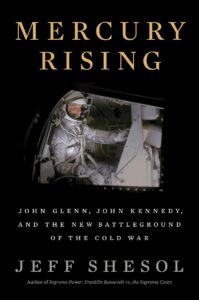

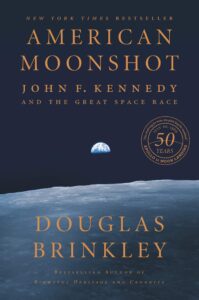


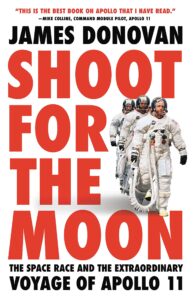

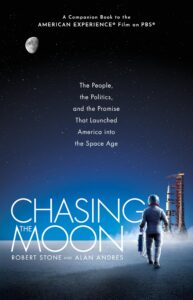

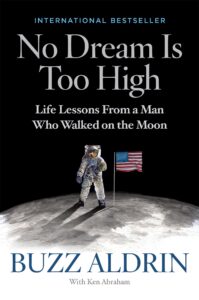
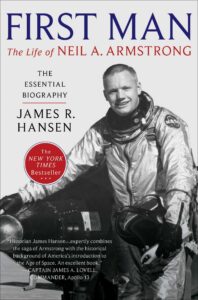

About The Author: Alissa
Alissa is the Information Services Associate at the Salina Public Library. She graduated from Fort Hays State University with a bachelor's degree in History. Alissa enjoys baking, reading, playing games with friends, and hanging out with family, friends and her dog. One of her favorite things about the library is the collection of historical documents, photos, and artifacts in the Campbell Room.
More posts by Alissa